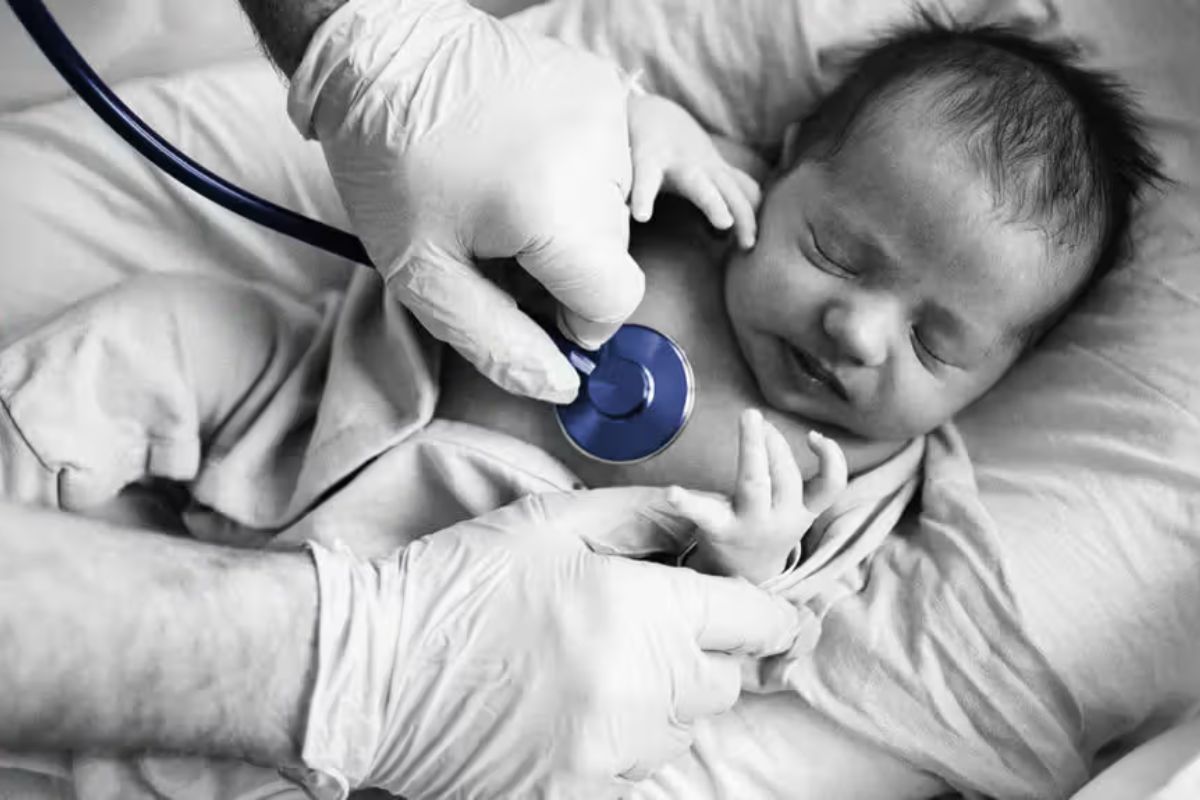
Canavan Disease is a rare genetic disorder that primarily affects the brain. Caused by mutations in the ASPA gene, it leads to the deterioration of white matter in the brain, impacting motor skills and cognitive functions. Symptoms often appear in early infancy, including poor muscle tone, unusual head size, and developmental delays. Diagnosis typically involves genetic testing and brain imaging. Currently, no cure exists, but treatments focus on managing symptoms and improving quality of life. Understanding Canavan Disease is crucial for early intervention and support for affected families. Let's dive into 50 essential facts about this challenging condition.
Key Takeaways:
- Canavan Disease is a rare genetic disorder affecting infants, causing brain degeneration. Early recognition and supportive therapies can improve quality of life for affected children and their families.
- Ongoing research offers hope for better treatments and a cure for Canavan Disease. Gene therapy, stem cell research, and collaborative efforts are paving the way for advancements in understanding and managing this condition.
Understanding Canavan Disease
Canavan Disease is a rare genetic disorder that affects the brain. It primarily impacts infants and young children. Here are some key facts to help you understand this condition better.
- Canavan Disease is a leukodystrophy, which means it affects the white matter of the brain.
- It is caused by a mutation in the ASPA gene.
- The ASPA gene mutation leads to a deficiency in the enzyme aspartoacylase.
- This enzyme deficiency results in the accumulation of N-acetylaspartic acid (NAA) in the brain.
- High levels of NAA cause spongy degeneration of the brain's white matter.
- Canavan Disease is autosomal recessive, meaning both parents must carry the mutated gene.
- It is most commonly found in Ashkenazi Jewish populations.
- The disease was first described by Myrtelle Canavan in 1931.
- Symptoms typically appear within the first six months of life.
- Early signs include hypotonia, or poor muscle tone.
Symptoms and Diagnosis
Recognizing the symptoms early can be crucial for managing Canavan Disease. Here are some important facts about its symptoms and diagnosis.
- Infants may have macrocephaly, an abnormally large head.
- Developmental delays are common, with children missing milestones like sitting or crawling.
- Seizures may occur in some affected children.
- Feeding difficulties can lead to poor growth and nutrition.
- Vision problems such as optic atrophy may develop.
- Hearing loss is another possible symptom.
- Irritability and sleep disturbances are often reported.
- Diagnosis typically involves genetic testing to identify the ASPA mutation.
- Magnetic Resonance Imaging (MRI) can show characteristic brain changes.
- Urine tests may reveal elevated NAA levels.
Treatment and Management
While there is no cure for Canavan Disease, various treatments can help manage symptoms and improve quality of life.
- Physical therapy can help maintain muscle function.
- Occupational therapy assists with daily activities.
- Speech therapy may improve communication skills.
- Nutritional support is crucial for growth and development.
- Anticonvulsant medications can control seizures.
- Respiratory support might be needed for breathing difficulties.
- Hydration and feeding tubes can address feeding issues.
- Regular monitoring by a multidisciplinary team is essential.
- Genetic counseling helps families understand the risks and implications.
- Support groups provide emotional and practical support.
Research and Future Directions
Ongoing research aims to find better treatments and, ultimately, a cure for Canavan Disease. Here are some exciting developments in the field.
- Gene therapy is being explored as a potential treatment.
- Stem cell research offers hope for regenerating damaged brain tissue.
- Enzyme replacement therapy is another area of investigation.
- Clinical trials are ongoing to test new treatments.
- Animal models help researchers understand the disease better.
- Patient registries collect data to improve research and care.
- Biomarkers are being studied to track disease progression.
- Collaborative research efforts are crucial for advancing knowledge.
- Funding and awareness campaigns support research initiatives.
- Advocacy groups play a vital role in promoting research and support.
Living with Canavan Disease
Families affected by Canavan Disease face many challenges, but there are resources and strategies to help them cope.
- Early intervention programs can improve outcomes.
- Adaptive equipment aids mobility and daily activities.
- Respite care provides temporary relief for caregivers.
- Educational support ensures children receive appropriate schooling.
- Behavioral therapies address emotional and psychological needs.
- Community resources offer practical assistance.
- Financial aid programs help cover medical expenses.
- Legal support can assist with disability rights and benefits.
- Awareness campaigns educate the public about Canavan Disease.
- Hope and resilience are key for families navigating this journey.
Final Thoughts on Canavan Disease
Canavan Disease is a rare genetic disorder that affects the brain's white matter. It’s caused by mutations in the ASPA gene, leading to a deficiency in the enzyme aspartoacylase. This enzyme is crucial for breaking down N-acetylaspartic acid (NAA), and without it, NAA accumulates, causing brain damage. Symptoms often appear in infancy and include poor muscle tone, large head size, and developmental delays. There’s no cure yet, but research is ongoing. Early diagnosis and supportive care can improve quality of life. Genetic counseling is recommended for families with a history of the disease. Understanding Canavan Disease helps in raising awareness and supporting affected individuals and their families. By spreading knowledge, we can contribute to the ongoing efforts to find better treatments and, hopefully, a cure.
Frequently Asked Questions
Was this page helpful?
Our commitment to delivering trustworthy and engaging content is at the heart of what we do. Each fact on our site is contributed by real users like you, bringing a wealth of diverse insights and information. To ensure the highest standards of accuracy and reliability, our dedicated editors meticulously review each submission. This process guarantees that the facts we share are not only fascinating but also credible. Trust in our commitment to quality and authenticity as you explore and learn with us.
